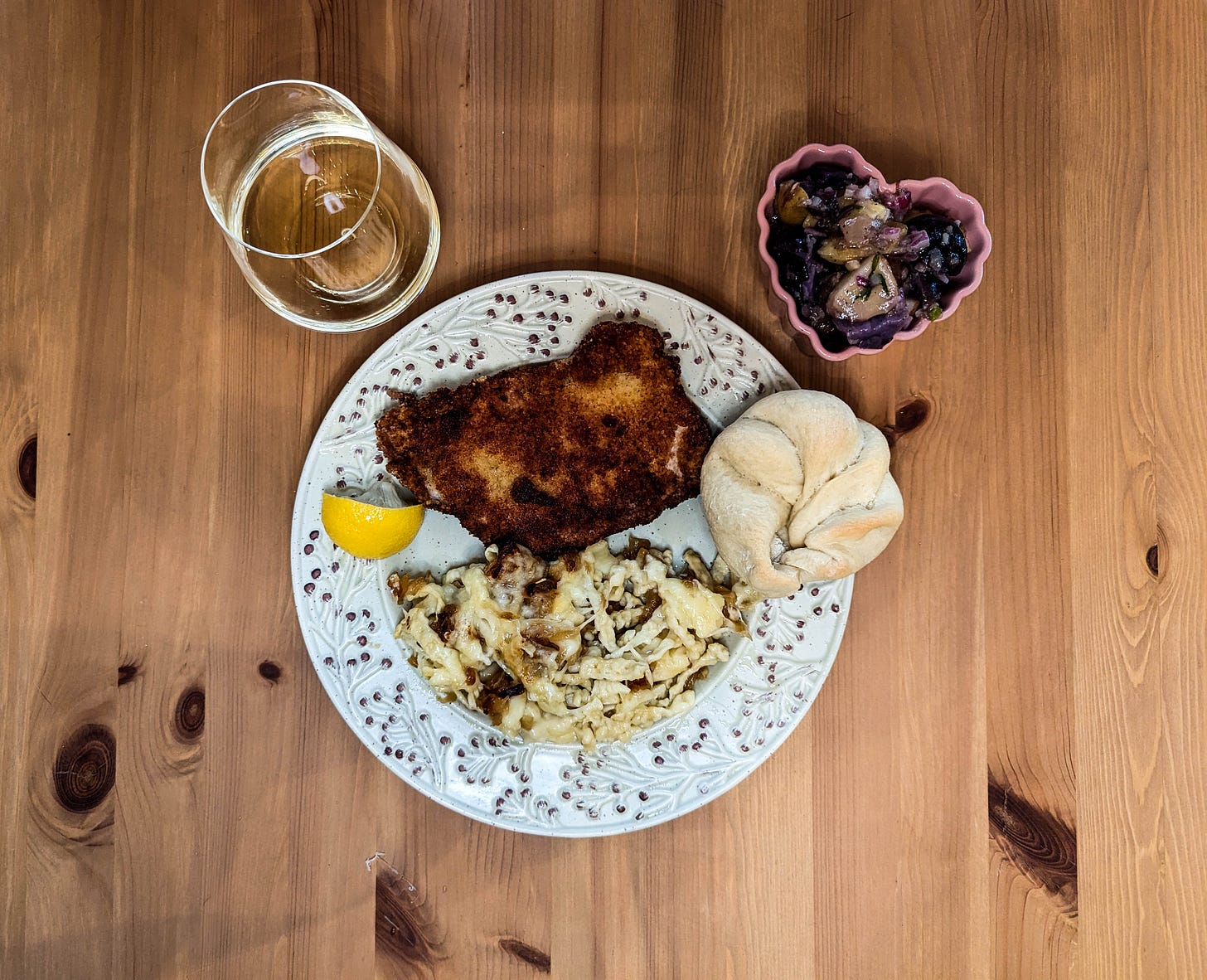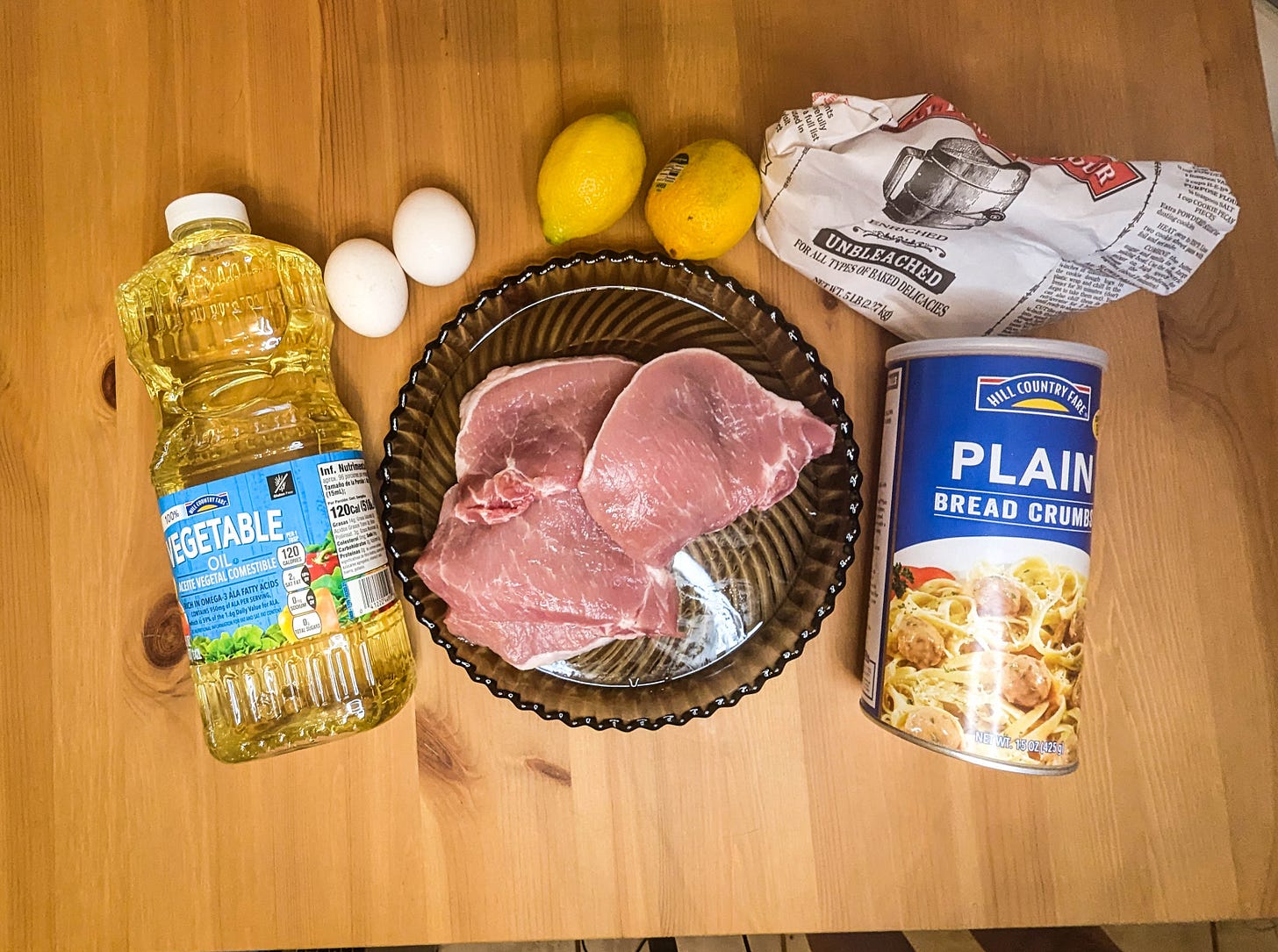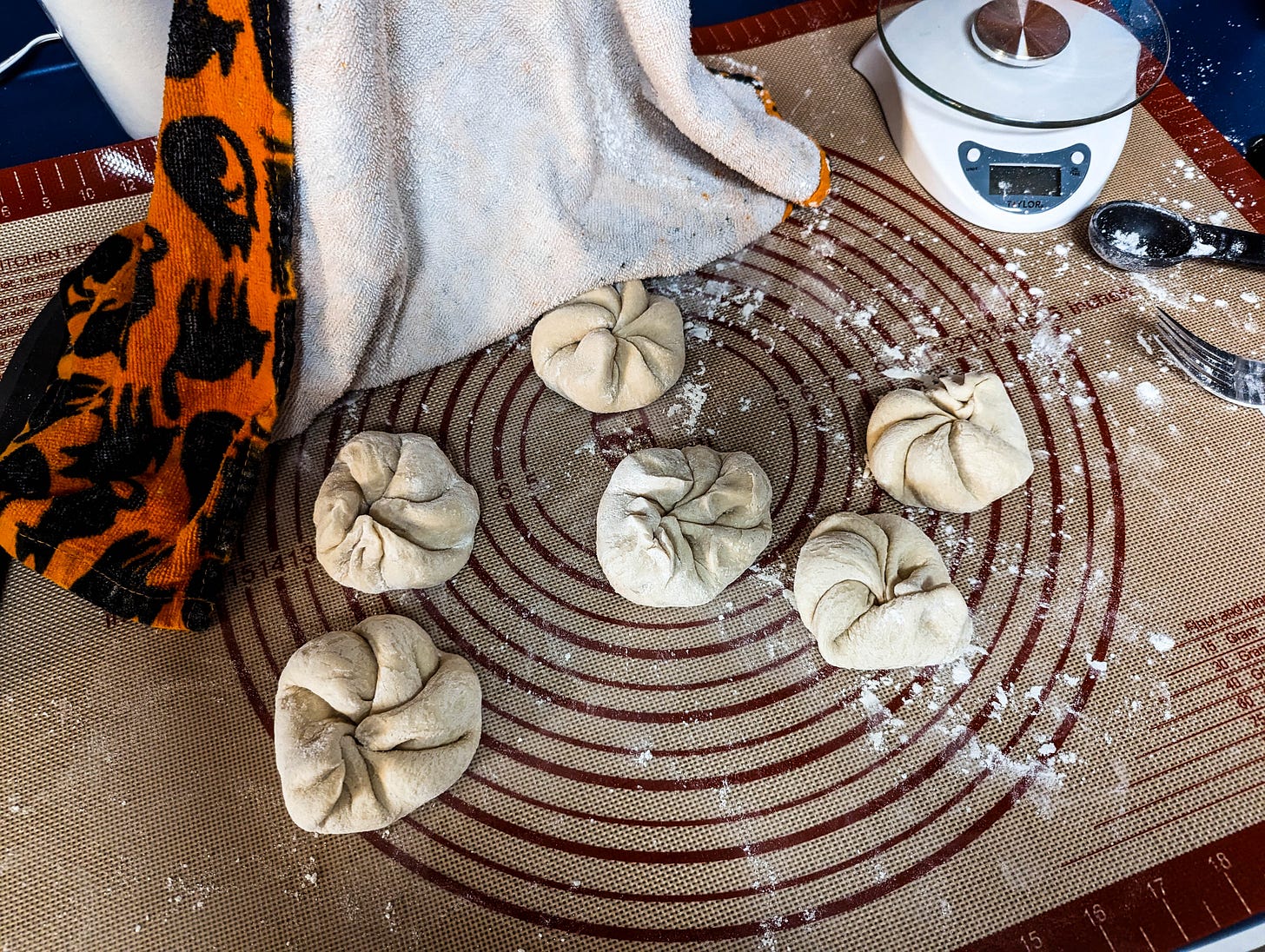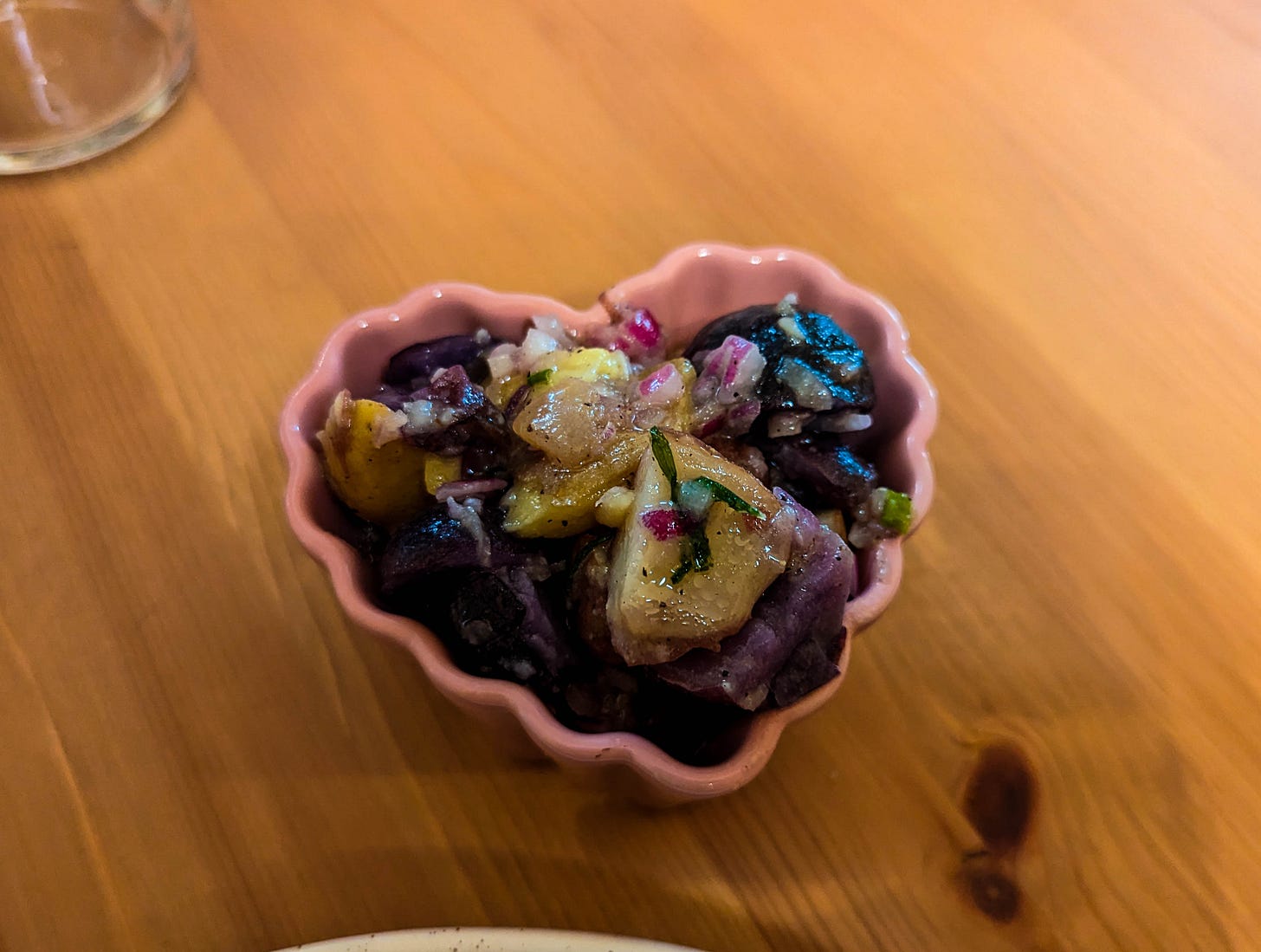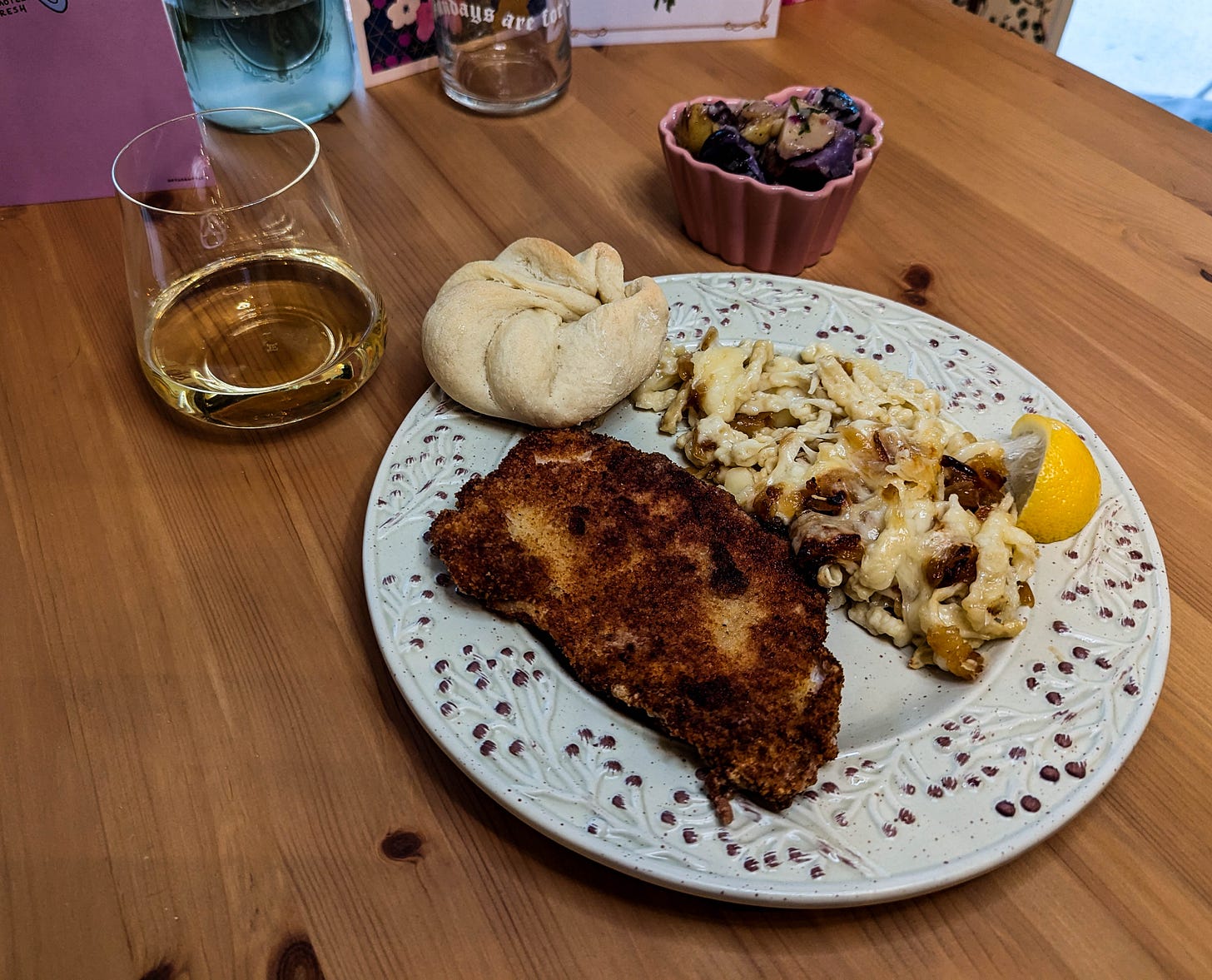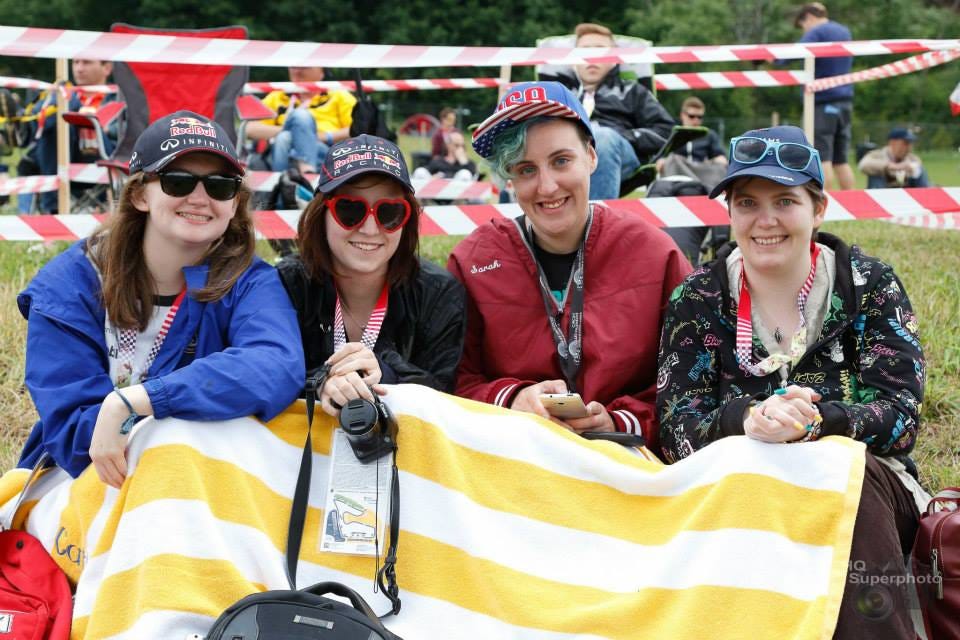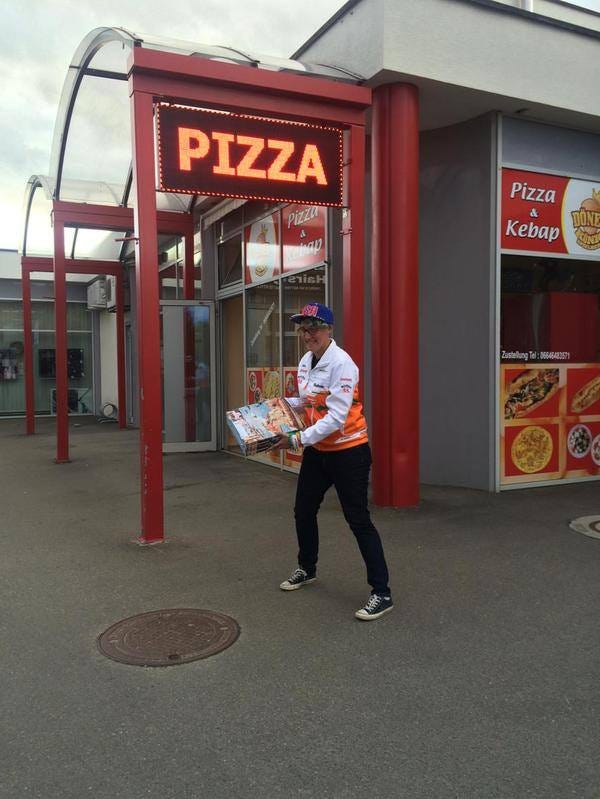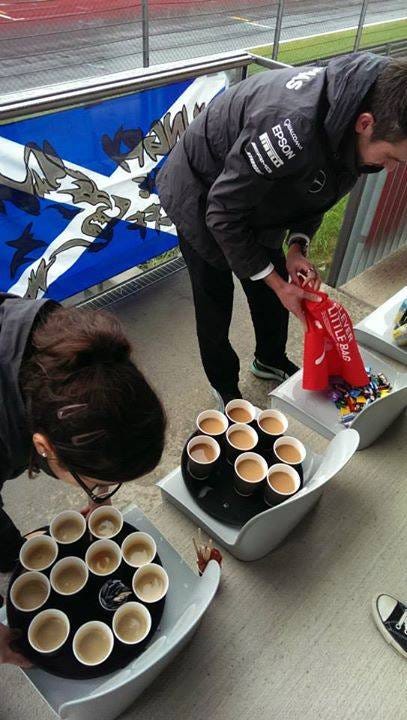The Austrian Grand Prix Means We're Making Wiener Schnitzel
Welcome to Grand Prix Gastronomy! This week, I’m cooking wiener schnitzel, Austria's national dish, with a side of kaesespaetzle.
This project is pretty simple. As a complement to each race weekend, I’ll be cooking the national dish of that race’s host country and sharing information about the process and that dish’s history along the way in an effort to grow more deeply immersed in the local culture from my own home.
What Is Wiener Schnitzel?
Okay, fine. I finally did it. I cheesed a little bit. I found a few different suggestions for Austria’s national dish, and I chose the lesser-acknowledged-but-likely-better-tasting dish. I just couldn’t bring myself to eat tafelspitz, which is essentially a hunk of beef boiled in broth and served with minced apples and horseradish. The photos of grayish beef were enough to turn me off from this dish forever — but it also reminded me of the meals my German-descended grandma would serve every so often, and… whew. Folks. I simply couldn’t. To my Austrians, I’m sorry.
I’m making wiener schnitzel instead.
Wiener schnitzel, aside from being immensely fun to say, is a thin slice of veal that’s breaded and pan fried. It supposedly actually comes from Italy, in the same way that croissants actually came from Austria but have now become typical of a totally different nation. It’s served with a slice of lemon on the side to help cut through the fat and crunch of the dish.
I just couldn’t do the boiled beef. I really couldn’t.
This Week's Recipe
I nabbed this recipe from The Spruce Eats, largely because I love The Spruce Eats but also because it includes a little blurb about the history of the dish and the fun fact that you can’t call something wiener schnitzel if you don’t actually cook it with veal. I also love the attention to detail in the recipe, such as not pressing the breadcrumbs into the meat — that’s the kind of authenticity I need.
I actually traveled to Austria for the Grand Prix in 2015, and there were two things I was absolutely obsessed with: kaesespaetzle and kaisersemmel. Kaesespatzle is basically German/Austria macaroni and cheese, but the noodles are made with potatoes (and it also features caramelized onions, a favorite of mine). Kaisersemmel — which you might know as Kaiser rolls — are beautiful, delicious, yeasted delights, and they were essentially the only food I purchased from and ate at the track because they were considerably sized and also only cost one Euro. And, because you can never have enough potatoes, I’m also making erdäpfelsalat, or Austrian potato salad. The vinegar, oil, and mustard base of this potato salad is exceptional, which differs from our mayo-based potato salads here in America.
Cooking Schnitzel and Kaesepaetzle
The schnitzel was the easiest part of this entire meal. It took me maybe 30 minutes from start to finish, and it was also the very last thing I made, but it's the primary dish I'm talking about here, so I'm focusing on it first.
No, it was not technically wiener schnitzel, and that's because I didn't make it with veal. I wasn't able to find veal at the grocery store, so I opted for pork cutlets instead. Just as good, just legally not wiener schnitzel. Just schnitzel.
First off, you want to pound your meat cutlets out flat, so that they're an even quarter-inch thickness all around. If you are having a bad day, this is very cathartic.
Before you batter your cutlets, you'll want to get oil heating in a large skillet.
Then, you'll set up three shallow bowls that are filled with breadcrumbs, flour, and beaten egg, respectively. I highly recommend adding a decent amount of salt and pepper to your flour and whisking that together — and adding a little extra in the breadcrumbs if you want, too. Then, dredge each cutlet in flour, then egg, then the breadcrumbs. Do not press the breadcrumbs into the meat, since this will make ‘em soggy.
You want your oil to be nice and hot so you can immediately pop your cutlets in to start frying them — again, to prevent the breadcrumbs from getting soggy. It'll take about two to three minutes for each side, though you can cook the cutlets a little longer if you want them extra crispy. And with that, your schnitzel is done!
So, how did the Austrian GP meal take 12 hours to cook? We start with the potato salad. I washed and then boiled small potatoes, which takes about 20 to 30 minutes. When they're done, drain the water and let the potatoes cool until you can touch them, then peel (I did not peel mine) and cut the potatoes into small bites. In a saucepan, you'll cook down chicken broth, then add white wine vinegar, mustard, and some sugar. Cover the potatoes with the mixture, then add some finely chopped red onion, and stir it all up. You still want your potatoes a little warm, and you'll stir them every 10 minutes or so to release the starches and thicken the sauce. Add minced chives and serve warm, or room temperature.
Alright, that's done. Now, we move on to the spaetzle. This was a whole hot mess. A real disaster. I made my own homemade spaetzle, which takes a while to beat in a stand mixer. Then you'll add your dough to some form of spaetzle maker — there are tons of tools and spaetzle makers, but you don't need any specific device if you have a colander. Just make sure your dough is soft and pliable. Mine definitely needed more liquid, so it was really tough to work with.
The spaetzle cooks quickly, so you'll add the noodles to a bowl of cold water to stop the cooking process. Then, we assemble the kaesespaetzle. I caramelized some onions and layered them with the spaetzle and both gruyere and Swiss cheese. That goes in the oven to heat through and melt the cheese, and you're done.
And finally, there's the kaisersemmel, or Austrian rolls. These actually only take about two hours to come together from the time you first measure your ingredients to the time you can sink your teeth into some fresh bread. You don't have to make the fancy swirl pattern on top, but I will admit that it was much simpler than I expected.
And then, when you have finally finished every single recipe and side dish, you can plate up your dinner, finishing with a squirt of lemon over your schnitzel. If you've made it through all that, make sure you also pair everything with a Grüner Veltliner wine, which comes from a grape that sees its finest expressions in Austria. It's a little flinty and has the sharp bite of a yellow apple to it, so it works well as a palate cleanser for the delightfully heavy food you just cooked.
So, What's the Verdict?
First and foremost, if you make every single thing that I've listed here, you're going to spend all day cooking. I know this, because I did it. It took me about 12 hours to complete everything, and while I know I took a fair amount of breaks to get other work done and let certain foods rest, that's still a lot of time on your feet boiling and kneading and frying and baking.
That being said, I think this was one of my favorite GPG dishes yet. I know that I'm biased. I know that it reminds me of one of the best weeks of my life and also of some of the best foods I grew up with. HOWEVER: I don't care. I intend to enjoy my bias.
The most challenging part of this dish was definitely the spaetzle. I've never really made my own dough for things like noodles or dumplings, so it was a brand new experience, and I was also using my spaetzle grater for the first time. I'm really looking forward to watching some videos on how to actually make the whole process not suck, since I think I was too all over the place to actually give my spaetzle cooking process the attention it deserved.
As for the schnitzel? I'm stoked to add this to my regular dinner rotation!
Let's Chat! The Fine Foods of Austria
The Austrian GP is one of my favorite events of the year, if only because of the memories I have of it back when I attended the race (and mid-season testing) at the track back in 2015.
I don't really know that we ate the finest foods available in the great country of Austria, but that's largely because the town of Spielberg, where the race is held, is not exactly a hopping locale for foodie culture. That being said, the food I had honestly made the whole event so memorable.
I traveled to Austria with my friends Remy, Catherine (British), and Catherine (American), where we crammed four people into a fairly small tent in a campsite by the track with absolutely no clue what we were doing. For some reason, we stocked up on things like canned soup at the grocery store before we hit the track — not really thinking about how we didn't have a way to open, heat, or eat any of those soup cans.
At the track itself, I thrived almost entirely on kaiser rolls, other forms of bread, peanut butter, Magnum ice creams, and the occasional sausage — none of which were ever really hot. In the campsite, our British campsite neighbors shared some peanut butter-flavored puff-like chips with us that somehow we ended up calling “snips.” I think they also were kind enough to share some coffee and maybe a smidge of breakfast — but primarily, we were just drinking a lot of alcohol in the damp, cool climes of the Austrian alps.
We only had three campsite wristbands between the four of us, and I also somehow managed to lose mine, leaving us with a mere two of them as the race weekend wound down. Remy and I ducked out one night for a supplies run and found a pizza place that was one of the few local restaurants that did not close at some horrifyingly early hour of he evening. I can't remember how we decided it, but we splurged on a pizza. I was giddy in the car back to the track, and when we cracked open the tent to show off our wares to Catherine (American), I swear she wept real tears. Finally, some hot, delicious food.
A quick jaunt to Vienna between the race and testing introduced me to spaetzle, sacher torte, and the beauty of a hearty Austrian breakfast. We had sausage and radlers at a rooftop bar and soaked up some much-needed sun before we headed back to the moist-ass climes of the Red Bull Ring.
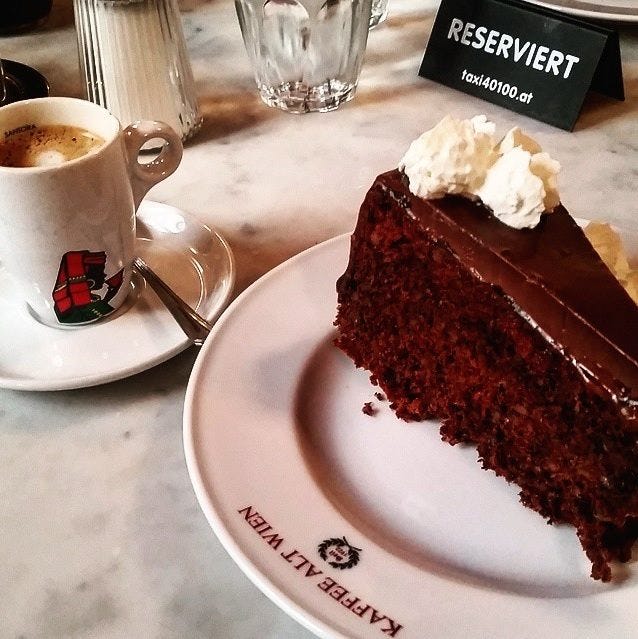
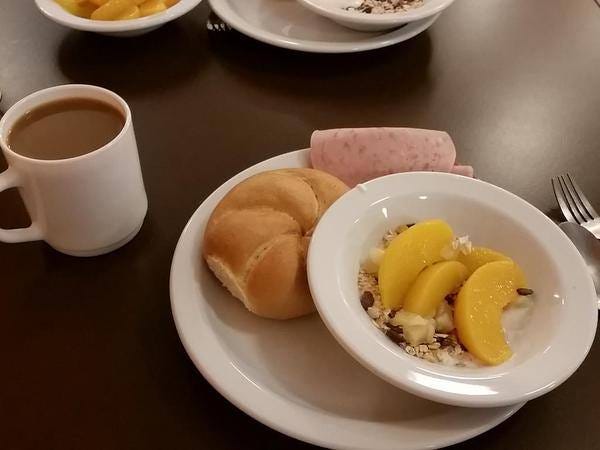
That part of the trip, too, was impeccable. We stayed at the Grand Prix hotel and demolished some frankly fantastic breakfast buffets. I had doner kebab for the first time, and we also tried the uncanny valley cuisine that is Austria's take on a Chinese buffet. It was much needed, because the Red Bull Ring itself was a bit sparse on the food options during testing — so much so that the kind folks at Mercedes took pity on us goofs in the grandstand and brought out hot coffees, teas, and a literal sack of candy.
Maybe not the most representative forms of Austrian cuisine — but so incredibly memorable.
If you want to stay tuned…
Here are all the relevant links in one place, if you want to subscribe:
All Grand Prix Gastronomy-related content will be free — but if you want to drop me a donation on PayPal, that’s always welcome.





